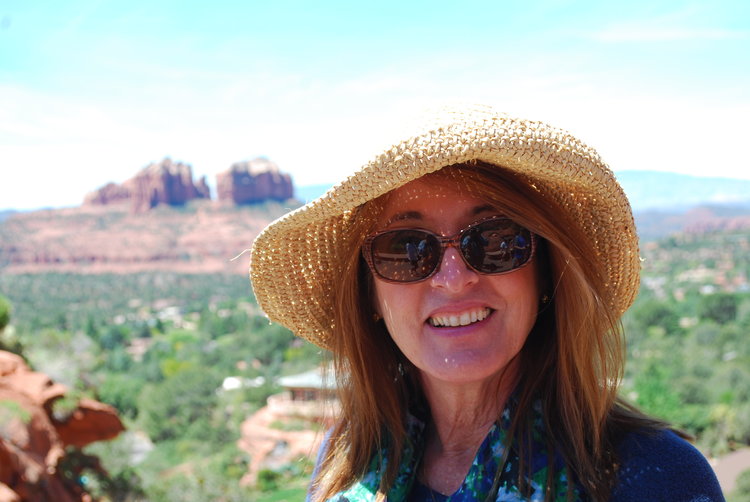Questions asked a year ago weren’t so far-fetched after all
- Cindy Miller

- Mar 5, 2021
- 3 min read

A year ago — even as much as we work in crisis communications — we couldn’t imagine what the next year would bring.
It was March 5, 2020, and our team was creating plans for questions that seemed far-fetched:
What if we aren't able to work at the office?
What if schools close?
What if one of us gets sick? Quarantined? How do we handle workload?
What public engagements and client meetings will fall in the next 90 days? What is our back-up plan for those?
Turns out, those weren’t far-fetched questions.
Little more than a week later, we were based in home offices, schools were closed, and we were learning how to use our new Zoom account. Business trips were cancelled, vacations postponed — several times — and we braced ourselves for stressful days ahead.
We were helping clients adjust while keeping our own heads above water. These adjustments continue today — perhaps they always will.
A year later, though, some lessons are clear.
Crisis never takes a year off.
We helped our clients with communication about essential workers status and website pop-ups about COVID-19 safety protocols. We coordinated media interviews about closing down — and then returning to work. We pushed an in-person learning program to fully digital, and helped think through a potential social media flare-up about a customer unhappy with a company’s approach to business during a pandemic.
And in a year when every day seemed like its own crisis, brand-threatening scenarios continued to play out in real time. A regional company faced a COVID-related lawsuit brought against it by former employees, requiring a rapid-response media strategy. A small lab fulfilling a big role in COVID-19 testing faced a barrage of negative media attention about its reporting process. And then there was the reporter who thought he uncovered a decades-old public embarrassment, spurring legal and PR into action.
Strategic communication is even more important than ever.
Companies of all sizes are struggling with the culture disruption that accompanies a remote workforce. For many, in-person daily gatherings and interactions are a long way from resuming — if they ever will. Even teams back on site are often stuck in their own private offices with minimal interaction with coworkers. And that impacts a company’s culture and development.
Connection matters. Communication may need to be different, yet it’s just as vital to overall business strength. Creative approaches are required for everything from introducing new team members to celebrating success. The classic employee newsletter — still delivered in print quarterly by some companies — isn’t nearly enough to knit together a dispersed workforce into a cohesive, supportive, and strong culture. The past year has taught us that communication comes in a variety of forms, but it is clear it needs to be strategic and it’s as critical as ever.
We can work effectively remotely, yet we still need an office.
After five months of working remotely, we made the difficult decision to give up the office space we’d loved for more than six years. It simply wasn’t big enough for our core team to sit far enough apart to be safe.
We made virtual meetings our go-to for our team and our clients, effectively pivoting client meetings to virtual, as well as virtually launching projects, delivering presentations and meeting new clients. We didn’t miss a beat. We found that not only did we continue to on-board new clients, they came to us from states like Florida, California and Louisiana.
Yet we missed the collaboration and connection, both key parts of our culture. We’re now based in an equally cool spot, twice the size of our former office. We gather safely for collaboration, settling into a nice balance of in-person and virtual work for ourselves and our clients. It’s a balance we expect will stay with us for a long time, and we’ll only get better at it.
There’s nothing more important than our health.
From the day we launched CMC nearly 12 years ago, we’ve been a culture that puts people first. Always. In the past year, we’ve embraced that commitment even more as we all cope with stressful days and our own readjusted realities.
One parent on our team homeschools her son, another adapts nearly daily to the disruptive balance of in-person and digital learning, with some quarantines thrown in to keep it even more interesting. Several of us coped with the death of a beloved grandmother, and all of us stepped in to care for elderly family members.
We’ve become even more flexible and supportive, keeping each other as mentally and physically healthy as we can. By keeping ourselves sane and healthy, we can deliver for each other, our clients and our community.
Cindy Miller is CEO of Cindy Miller Communications.
_edited.png)


